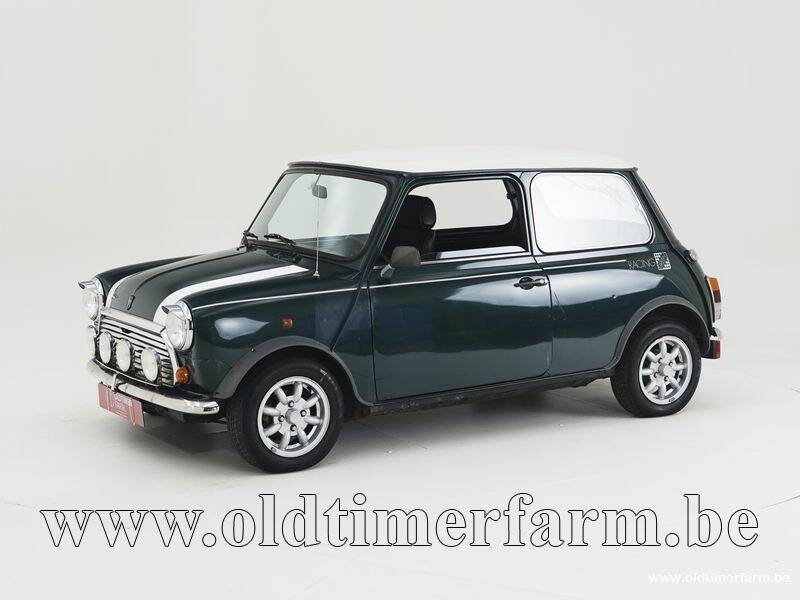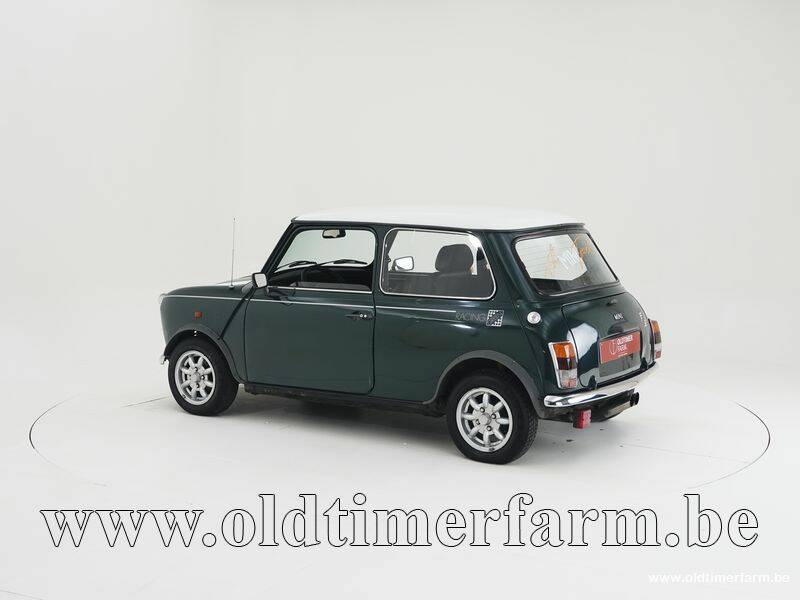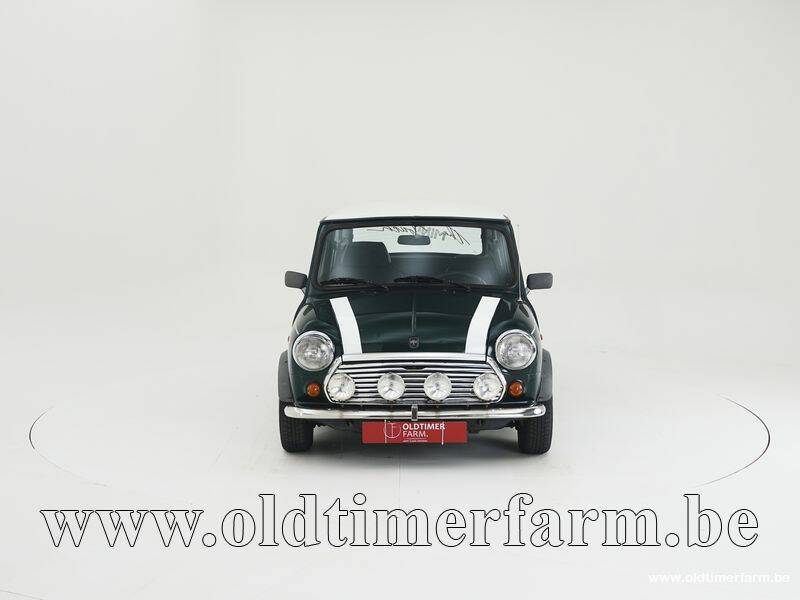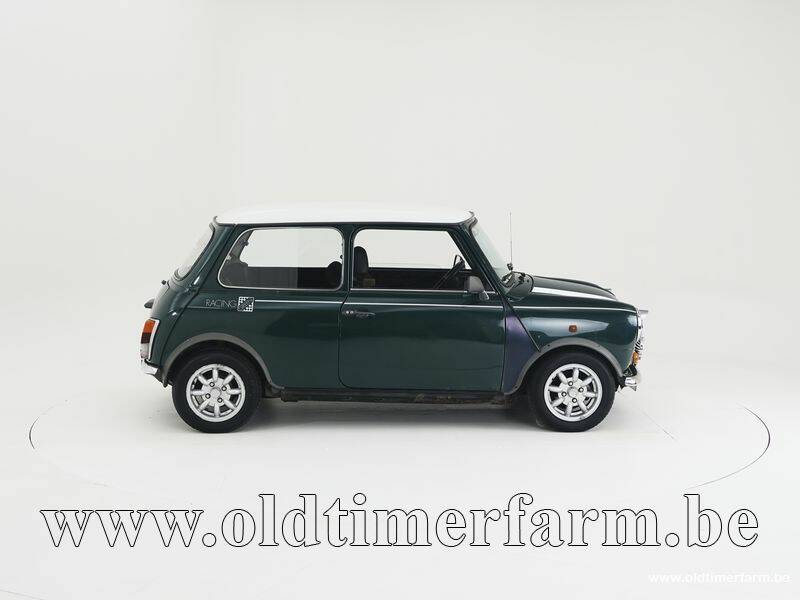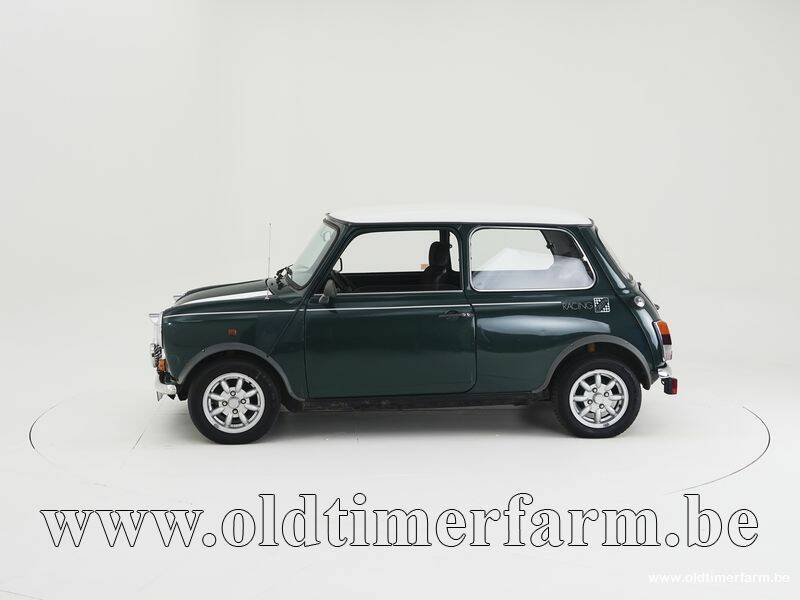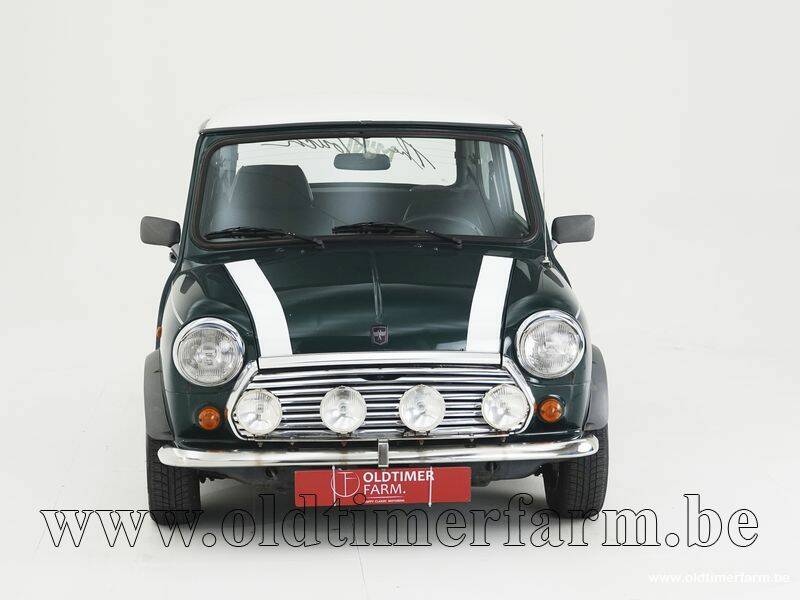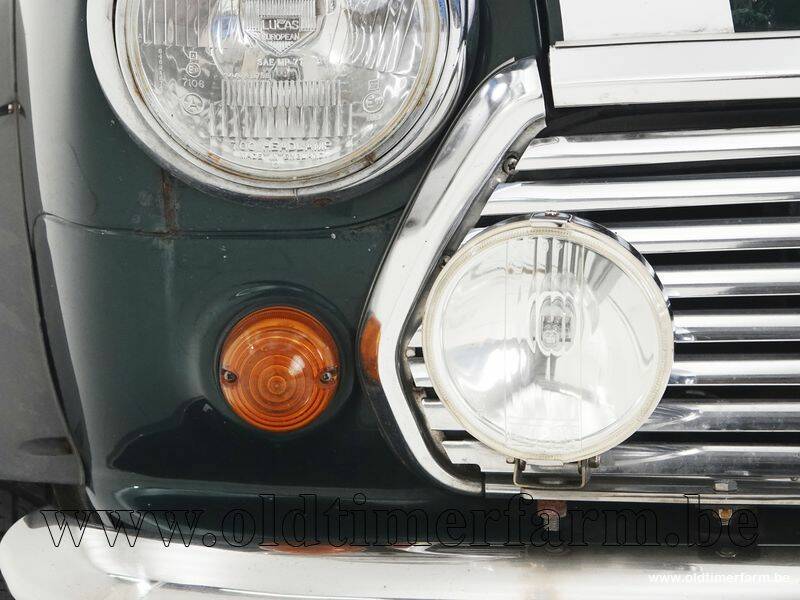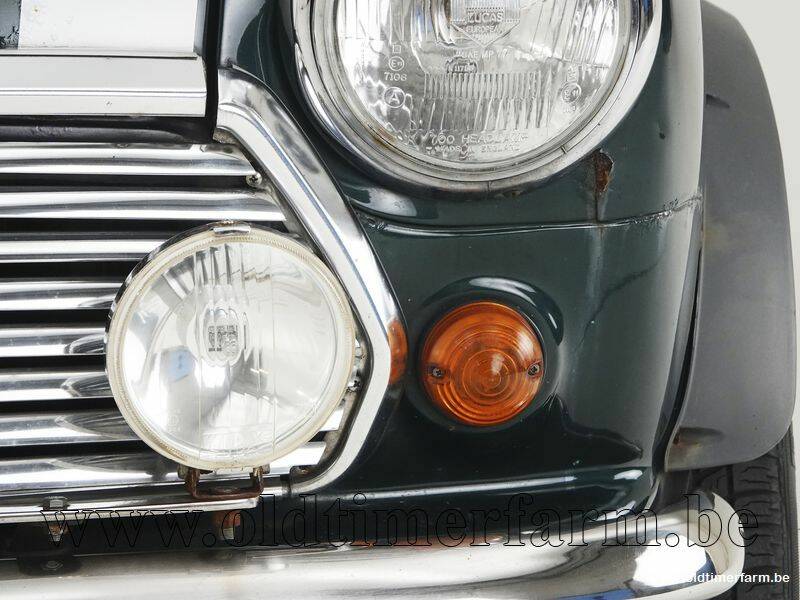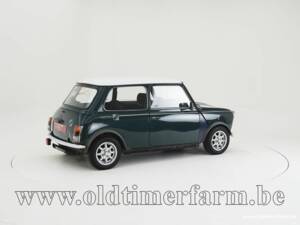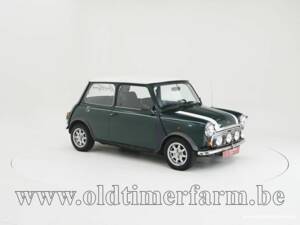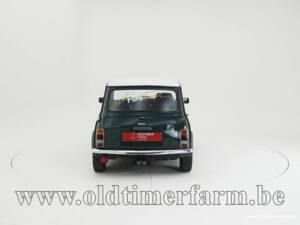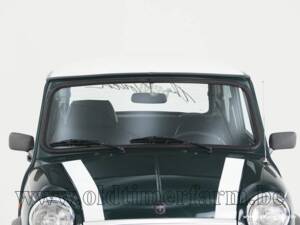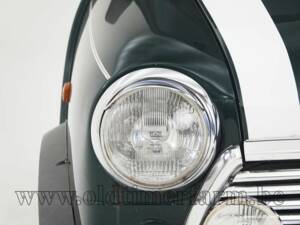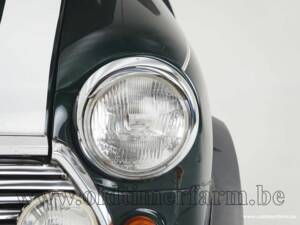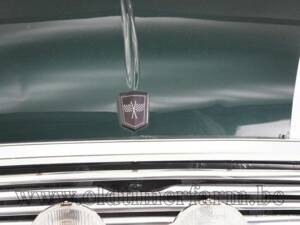1989 | Mini 1000
1989 Mini 1000 '89
1989 Mini 1000 '89
1989 Mini 1000 '89
Descrizione
Walkaround video: Click here
Inspection report on Dropbox: Click here
The Mini, a small car with a big story. In 1959, British car manufacturer British Motor Corporation (BMC) released the Mini, it is obvious that they had a clear goal in mind: releasing a small city-fit car with a cute design. Thanks to The Beatles and its starring in countless famous films, the car has acquired an iconic status over the decades.
It was Alec Issigonis, a British-Greek car designer that worked for BMC, who gave birth to the Mini. He had a clear goal in mind: to create an affordable and fuel-efficient car that is efficient and light-steering in narrow British city streets. This approach, along with the playful design, created a true hype among young people. The Mini also became extremely popular with influential people, to the point that all members of The Beatles - John Lennon, Paul McCartney, George Harrison, and Ringo Starr - proudly show off their Minis. In 1969, the car takes on the leading role in the film The Italian Job, in which bank robbers used a Mini as a getaway car. Also Mr. Bean’s car is a lime green 1977 Mini, which emphasizes his clumsiness in the best way possible.
Initially, the Mini was manufactured in various finishes, such as a sedan, a station wagon, a van, and even a pickup truck. Those finishes never really became fancied among the crowd. Also, in the 1980s, the Mini began losing its fame due to fierce competition from other car brands. This caused a harsh financial crisis in 1986 at British Leyland - the former BMC that also own Jaguar, Rover, Triumph, and MG. They even decide to restructure and privatize the company and from that moment on Rover Group was born. In 1994, Rover Group sells Mini to BMW, which seven years later, in 2001, launch a refined version of the Mini. Nowadays BMW still produce the Mini – baring its British identity in mind – and it is available in various finishes: a convertible, a fully electric version, a hybrid version, a sports version, and even a station wagon.
As mentioned before, the goal was to build a city car that fit in traffic in cities, therefore they had to use as little space as possible, that was a real challenge in the middle of the 20th century. The 1950s are often considered a tipping point in automotive technology, and the Mini has contributed to that tipping point: a front-wheel drive car with a transverse and space-saving engine that is highly responsive and fit to city traffic.
Today, the Mini is a coveted classic car, and not only among classic car enthusiasts. The cute and vulnerable design simply captures everyone's hearts.
British Racing Green
British Racing Green - dark green in various shades - is not just one of many colours for the English; it is inseparably linked to British roaring and fast racing cars, or, on the other hand, regular British city cars like for example a Mini. For years on end, it has been a tradition for the British to appear on the racing scene in this not-so-flashy, but undeniably British, colour. It is the quintessential British color, alongside the colours of the world-famous Union Jack.
British Racing Green was first seen in 1903 when the British Races Selwyn Francis Edge won the influential Bennett Cup in 1902 and thus had the pleasure of organizing that race in his own country, the UK. In the UK, the legal speed limit at the time was 12 miles per hour - which is about 20 kilometres per hour - not exactly a speed for racing cars. That's why the race was instead organized in Ireland in 1903, and the British drivers expressed appreciation to the Irish by painting their cars in, you might have guessed it, dark green, derived from Irish green. Since then, ‘British Racing Green’ has become a term and it has acquired cult status in the following decades – and centuries? - even beyond the racetrack.
Technical information:
Body work
- Length (cm): 305 (120 inch)
- Width (cm): 141 (56 inch)
- Height (cm): 135 (53 inch)
- Wheelbase (cm): 204 (80 inch)
- Weight (kg): 620 (1367 lbs)
Mechanics
- Engine: transversally mounted 998 cc straight-four front-engine
- Valve gear: 8
- Fuel system: 1 SU carburettor
- Gear box: 4-speed manual
- Transmission: FWD
- Left-steered
- power: 39 hp (29 kW) at 5250 t/m
- torque: 68 Nm at 2600 t/m
- Top speed: 132 km/h (82 mph)
Dettagli del veicolo
Dati veicolo
- Marca
- Mini
- Modello
- 1000
- Serie di fabbricazione
- MK V
- Prima immatricolazione
- Non fornito
- Anno di fabbricazione
- 1989
- Chilometraggio
- 95.099 km
- Numero di telaio
- Non fornito
- Numero del motore
- Non fornito
- Numero del cambio
- Non fornito
- Matching numbers
- Non fornito
- Numero di proprietari precedenti
- Non fornito
Dettagli tecnici
- Tipo carrozzeria
- Berlina (2 Volumi)
- Potenza (kW/CV)
- 29/40
- Cilindrata (ccm)
- 986
- Cilindri
- 4
- Porte
- 2
- Posizione volante
- Sinistra
- Cambio
- Manuale
- Marce
- 4
- Trazione
- Anteriore
- Freno anteriore
- Non fornito
- Freno posteriore
- Non fornito
- Carburante
- Benzina
Configurazione individuale
- Colore carrozzeria
- Altri
- Nome colore produttore
- -
- Colore interni
- Altri
- Materiale interni
- Altri
Condizione, registrazione e documentazione
- Ha un rapporto
- Condizione
- Rapporto di ispezione dell'ordine
- Immatricolato
- Pronta a partire
